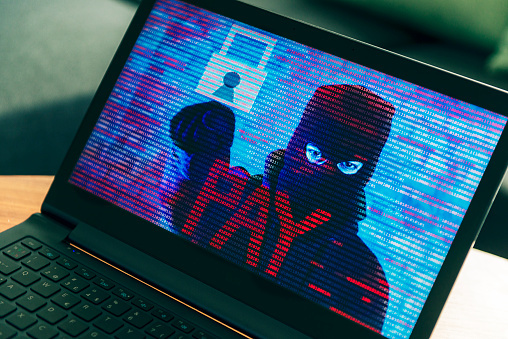Ransomware Resilience: Is Your Backup Strategy Strong Enough?
Ransomware attacks have rapidly gained popularity, leaving organizations concerned about the devastating aftermath. While many have developed detection, containment, and mitigation strategies, they often overlook the crucial aspect of recovery. In this article, we explore the importance of a robust backup strategy and provide recommendations to ensure ransomware resilience.
The Significance of a Proper Backup Strategy
In today's digital landscape, a proper backup strategy is paramount, acting as a critical safeguard against data loss stemming from hardware failures, human error, cyberattacks, or natural disasters. For businesses, it ensures continuity of operations, minimizing downtime and financial impact, while also serving as a potent defense against ransomware by enabling data recovery without succumbing to extortion. Moreover, a robust backup plan aids in fulfilling compliance requirements and provides essential peace of mind. Key elements include regular backups, multiple off-site copies, and rigorous testing to guarantee data restorability, all secured with encryption to prevent unauthorized access. Essentially, a well-executed backup strategy is not just a preventative measure, but a fundamental pillar of resilience in an increasingly data-driven world.
Why Organizations Should Rethink Backup Strategies:
Although many organizations already have robust backup strategies in place, they may not be designed to effectively counter ransomware attacks. Recovering from backups should be the last resort, but what if the backups themselves are compromised or unusable? It's time to reconsider backup strategies and make them resilient against ransomware.
Reasons Why Backups Can Be Deemed Unusable:
- Backing up files after they have been infected at the source.
- Compromised backup repositories, where backups themselves are encrypted.
Recommendations for a Ransomware-Resilient Backup Strategy
1. Use Unique Credentials:
Employ two sets of unique credentials—one for accessing the source and another for accessing the destination. This approach ensures that compromising one set of credentials doesn't impact both ends.
2. Least Permissive Access:
Limit access to the source and destination of backup repositories to only the necessary users/credentials.
3. Increase Backup Cadence:
Enhance the frequency of backups and maintain multiple copies to increase the probability of successful recovery.
4. Adopt the 3-2-1 Rule or Multiple Backup Methods:
Follow the traditional 3-2-1 backup rule or utilize multiple backup methods, such as file-level backup and VM-level backup at different frequencies, while adhering to best practices.
5. Implement Backup Integrity Checks:
Perform integrity checks with each backup to detect corrupted files and prevent backing up compromised data.
6. Define a Recovery Process:
Employ two sets of unique credentials—one for accessing the source and another for accessing the destination. This approach ensures that compromising one set of credentials doesn't impact both ends.
2. Least Permissive Access:
Limit access to the source and destination of backup repositories to only the necessary users/credentials.
3. Increase Backup Cadence:
Enhance the frequency of backups and maintain multiple copies to increase the probability of successful recovery.
4. Adopt the 3-2-1 Rule or Multiple Backup Methods:
Follow the traditional 3-2-1 backup rule or utilize multiple backup methods, such as file-level backup and VM-level backup at different frequencies, while adhering to best practices.
5. Implement Backup Integrity Checks:
Perform integrity checks with each backup to detect corrupted files and prevent backing up compromised data.
6. Define a Recovery Process:
- Establish a well-defined recovery process specifically tailored to ransomware attacks. Consider the following recommendations:
- Identify the latest available backup and restrict access to a minimal number of user accounts.
- Prior to restoring the backup, rebuild or recover the infected system to a point beyond the initial ransomware infection, ensuring all security tools are up-to-date.
- Only initiate recovery once the identified ransomware infection is eradicated from the environment, and comprehensive preventive measures are applied.
Conclusion
By incorporating these recommendations into your backup strategy, you can enhance your organization's resilience against ransomware attacks. Staying proactive and adapting to evolving threats is crucial in safeguarding your data and ensuring business continuity. For expert guidance and assistance in fortifying your backup strategy, reach out to our professionals at Cyber Command Stay one step ahead of ransomware threats, protect your critical assets, and maintain the trust of your stakeholders in today's ever-changing cybersecurity landscape.




